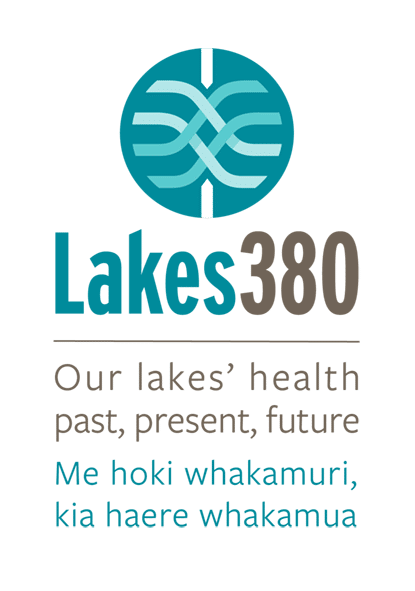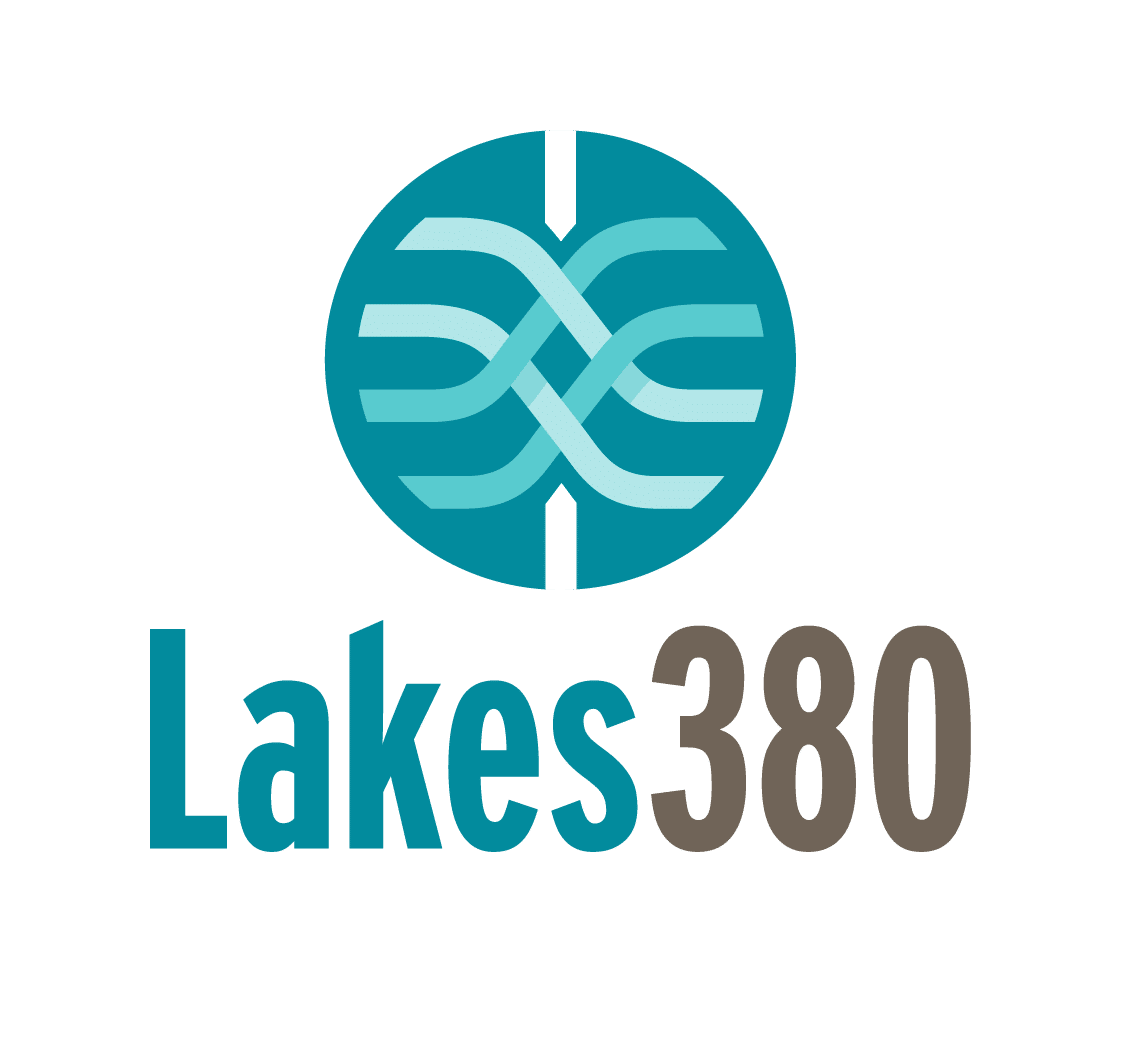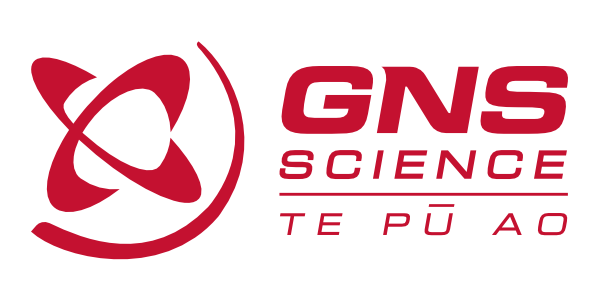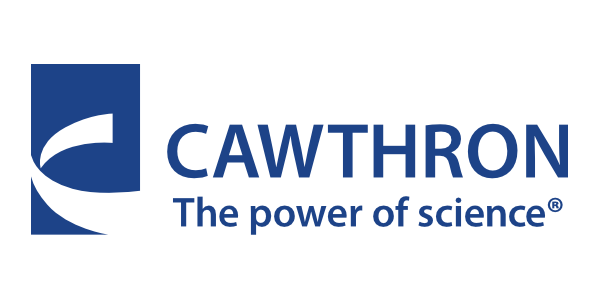Can a single sample capture all the bacterial diversity in a sediment core layer?
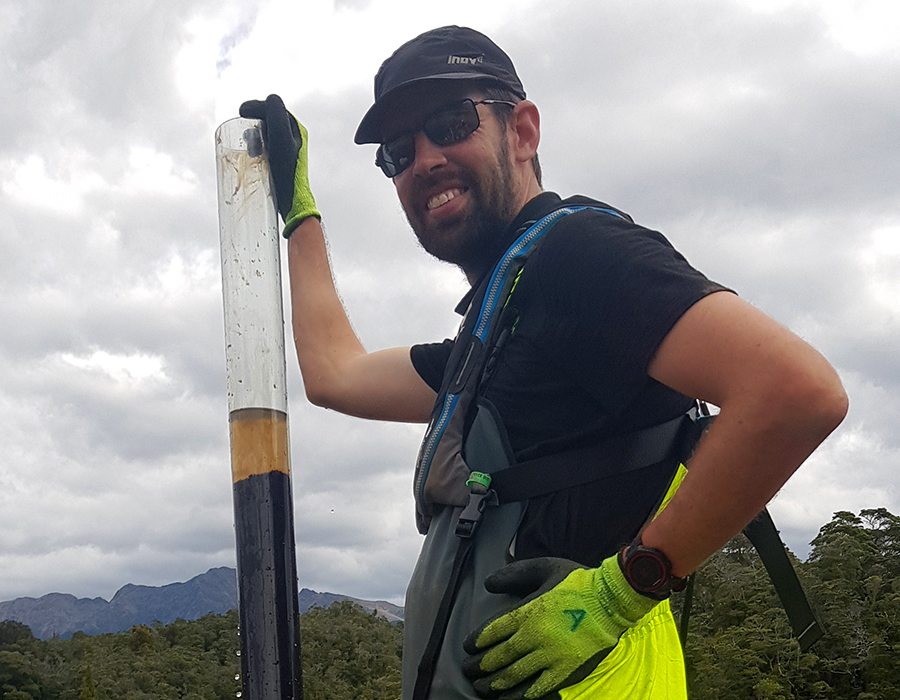
This was the question Lakes380 research John Pearman and team set out to explore in their recently published research Investigating variability in microbial community composition in replicate environmental DNA samples down lake sediment core. The paper was published in the international journal PLoS one. The research found that while multiple samples were required to capture […]
Environmental DNA variability in lake sediment cores
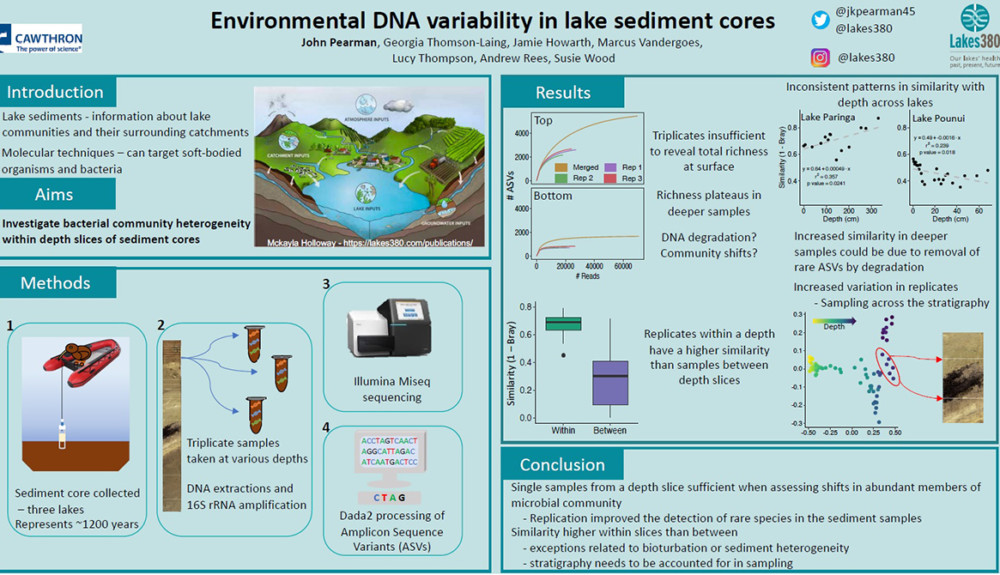
Click on the link below to view the poster recently presented by John Pearman at the DNAQUA International Conference https://lakes380.com/wp-content/uploads/2021/03/DNAquaNet.pdf
Is a Central Sediment Sample Sufficient?
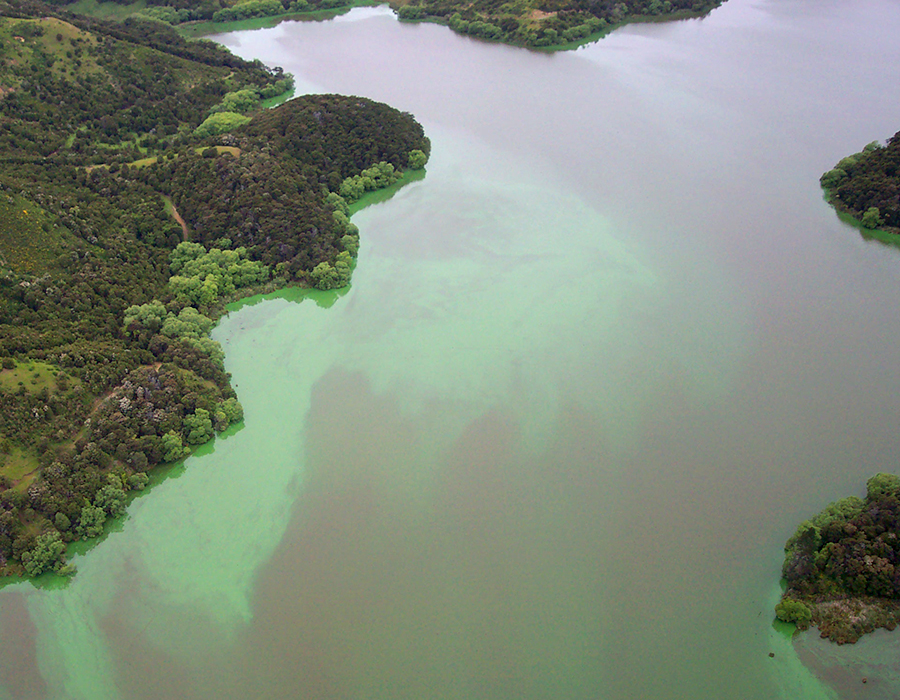
Is a central sediment sample sufficient? Exploring spatial and temporal microbial diversity in a small lake Barbara Weisbrod, Susanna A. Wood, Konstanze Steiner, Ruby Whyte-Wilding, Jonathan Puddick, Olivier Laroche, and Daniel R. Dietrich This study published in the journal Toxins by Lakes380 researchers explores whether a single sample taken in the center of a lake […]
Exploring the history of New Zealand’s lakes – a printable infographic
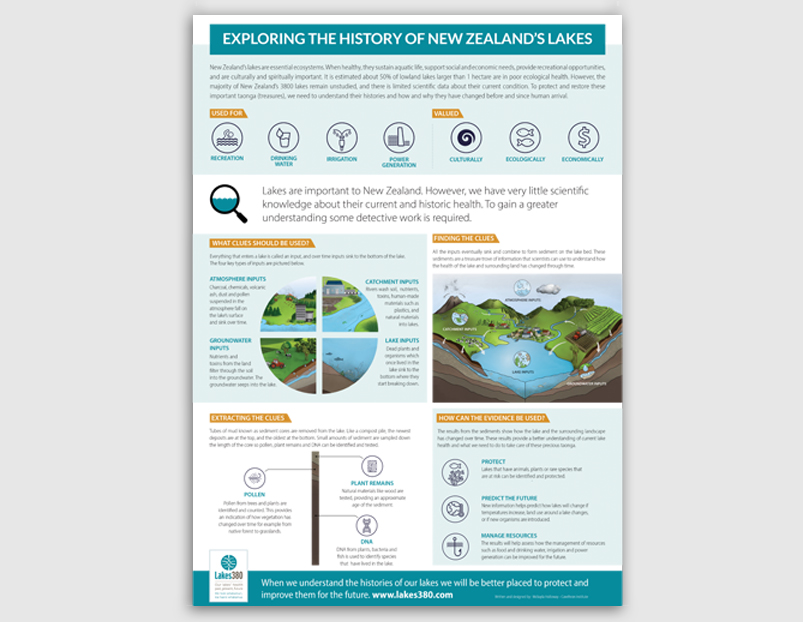
This printable infographic, provides an overview of the importance of lakes and explores how sediment cores can be used to understand how and why the heath of a lake has changed. Thanks to Kirsten Revell for the coloured illustrations that bring the infographic to life.
Microorganisms from surface sediment of Southland lakes

Congratulations to John Pearman (Cawthron) and co-authors for their paper “Local factors drive bacterial and microeukaryotic community composition in lake surface sediment collected across an altitudinal gradient,” which was published in FEMS Microbiology Ecology. The manuscript investigates microorganisms that live in the surface sediment of lakes in the Southland region. It draws on the analysis […]
What Can DNA in the Environment Tell Us About an Ecosystem?
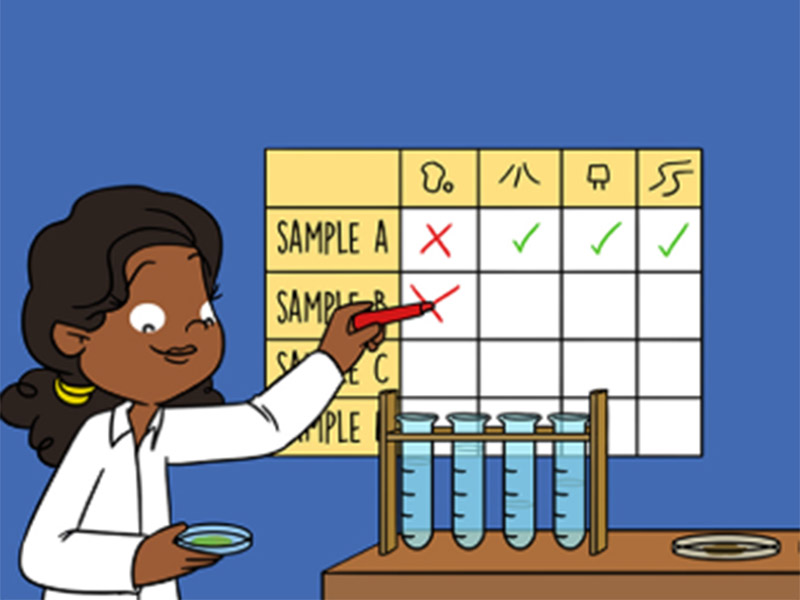
In this article a team from Lakes380 explain how eDNA is used to detect species and describe the advantages and disadvantages of this method. Read the article here.
Perspective: Advancing the research agenda for improving understanding of cyanobacteria in a future of global change
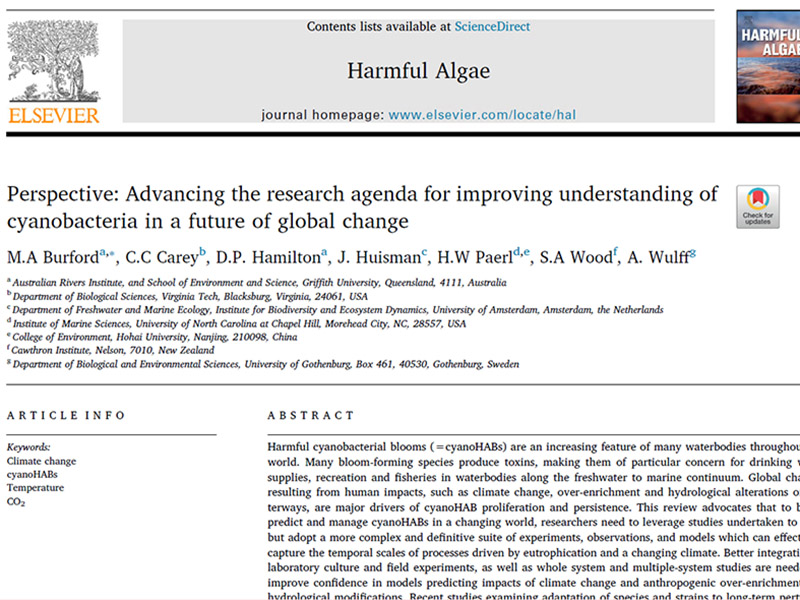
In this article which includes two Lakes380 team members co-authors (David Hamilton and Susie Wood) the authors discuss what research is needed to improve knowledge on cyanobacterial blooms. The manuscript includes a section on paleolimnolgical studies. Click here to read the abstract.
